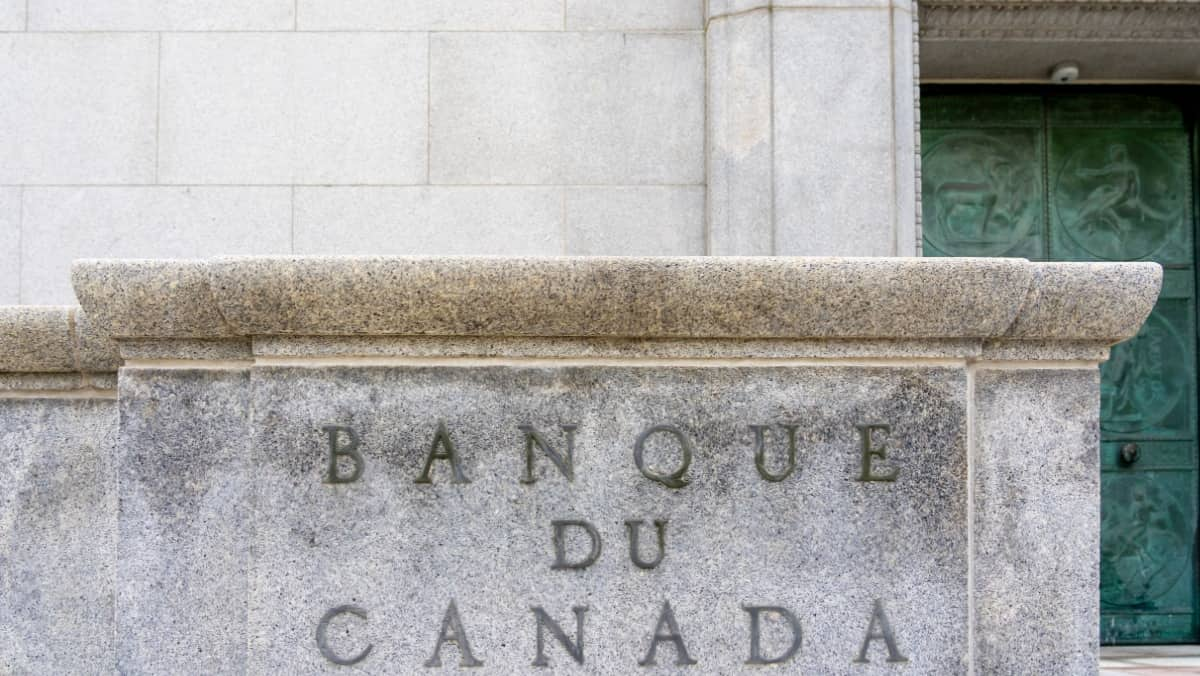Wednesday Jun 5 2024 15:25

5 min

On Wednesday, the Bank of Canada (BoC) reduced its key policy rate by 25 basis points to 4.75%, marking its first rate cut in just over four years (since March 2020) and becoming the first Group of Seven (G7) central bank to implement such a move.
The BoC indicated that further easing could follow if inflation continues to decline. After maintaining interest rates at a more than two-decade high of 5% for nearly a year, the BoC noted that underlying inflation indicators were showing positive signs.
"With further and more sustained evidence underlying inflation is easing, monetary policy no longer needs to be as restrictive," BoC Governor Tiff Macklem said in his opening remarks after the announcement.
Eleven of 15 economists surveyed by The Wall Street Journal last week predicted a cut by the Bank of Canada, and Macklem last month told lawmakers that officials were getting closer to reducing rates. The Bank of Canada sets rate policy to achieve and maintain 2% inflation.
Following the decision, the Canadian dollar, widely known as the “loonie” in forex markets, gave up gains against USD notched earlier in the day, falling by 0.22% to $1.3708.
Сalculate your hypothetical P/L (aggregated cost and charges) if you had opened a trade today.
Market

Instrument


Account Type
Direction
Quantity
Amount must be equal or higher than
Amount should be less than
Amount should be a multiple of the minimum lots increment
USD
EUR
GBP
CAD
AUD
CHF
ZAR
MXN
JPY
Value
Commission
Spread
Leverage
Conversion Fee
Required Margin
Overnight Swaps
Past performance is not a reliable indicator of future results.
All positions on instruments denominated in a currency that is different from your account currency, will be subject to a conversion fee at the position exit as well.
The BoC's decision aligns with recent actions by Sweden's Riksbank and the Swiss National Bank, which have also lowered interest rates that have weighed on households and businesses and dampened economic growth amid easing price pressures.
Financial markets widely expect the European Central Bank (ECB) to follow with a similar move on Thursday.
In his morning note earlier today, Markets.com Chief Market Analyst Neil Wilson gave an overview of the market’s view of a likely impending rate cut by the ECB:
“The market is fully pricing a rate cut, which would be the first since 2019. Policymakers have been pretty vocal in saying June is ‘on’.
In a recent interview, ECB chief economist Philip Lane said that ‘at this point in time there is enough in what we see to remove the top level of restriction’. You don’t get much clearer a signal than that in central bank speak, and there has been plenty of others basically saying June will see a cut”.
Canada's inflation rate dropped to a three-year low of 2.7% in April. Although inflation has remained below 3% for four consecutive months, it is still above the Bank of Canada’s 2% target.
In an indication of what future reductions could look like, Macklem added:
"If inflation continues to ease, and our confidence that inflation is headed sustainably to the 2% target continues to increase, it is reasonable to expect further cuts to our policy interest rate. But we are taking our interest rate decisions one meeting at a time”.
Macklem has consistently cautioned Canadians that rates will not decrease as rapidly as they increased, noting that progress in combating inflation is likely to be uneven and risks remain.

The Bank of Canada’s next rate announcement is scheduled for July 24, when the bank will also release its latest quarterly forecasts.
Economic growth in the first quarter was slower than anticipated at 1.7%, which increased market expectations of a rate cut to nearly 78% by early Wednesday.
In his speech following the BoC decision, Macklem stated that the economy was operating with excess supply, allowing room for growth even as the overall inflation rate continues to fall.
He stressed that the bank would remain focused on the demand and supply mismatch, inflation expectations, wage growth, and corporate pricing behavior.
When considering shares, indices, forex (foreign exchange) and commodities for trading and price predictions, remember that trading CFDs involves a significant degree of risk and could result in capital loss.
Past performance is not indicative of any future results. This information is provided for informative purposes only and should not be construed to be investment advice.
Asset List
View Full ListLatest
View all
Thursday, 3 April 2025

5 min

Wednesday, 2 April 2025

5 min

Wednesday, 2 April 2025

4 min


